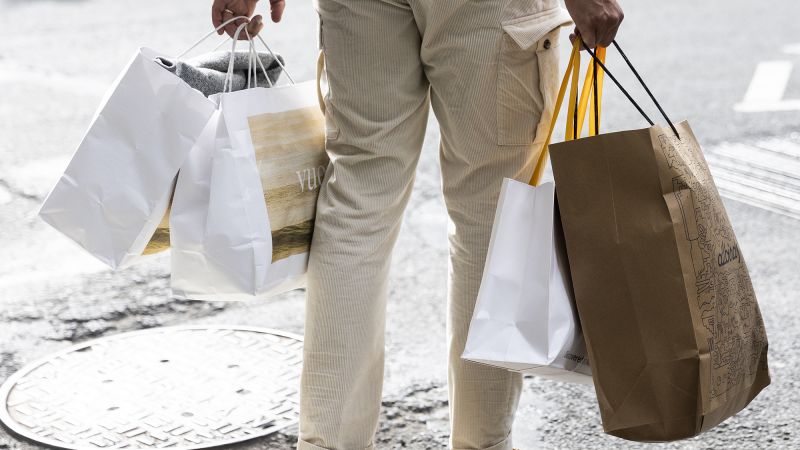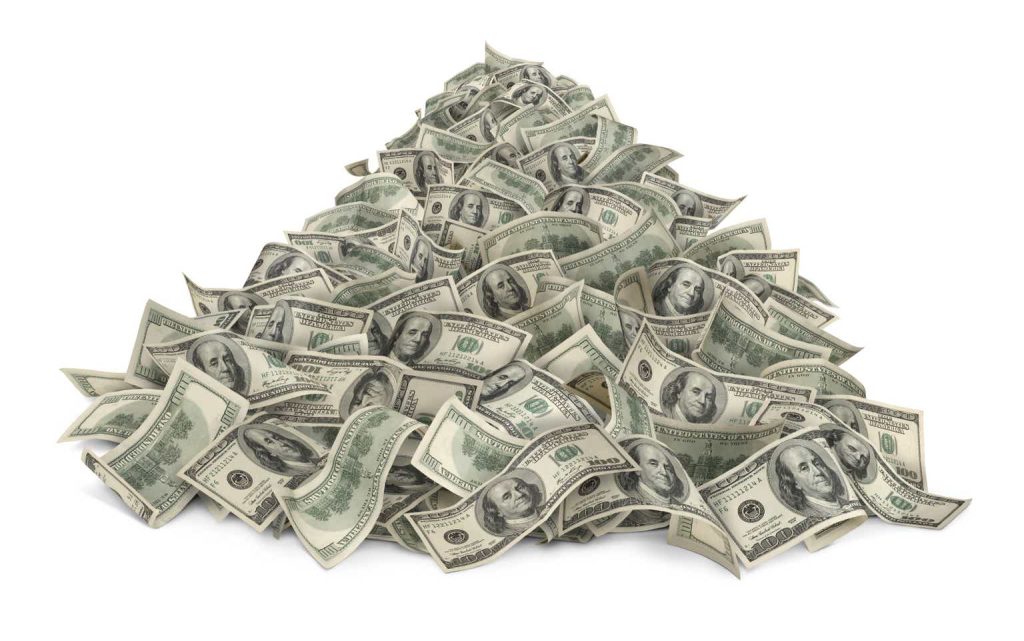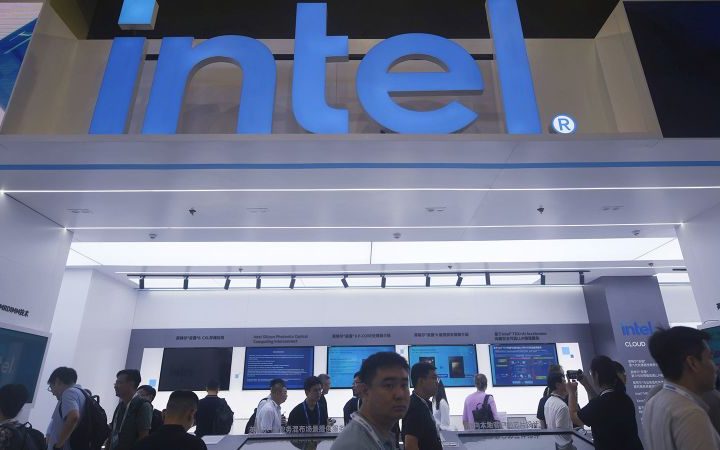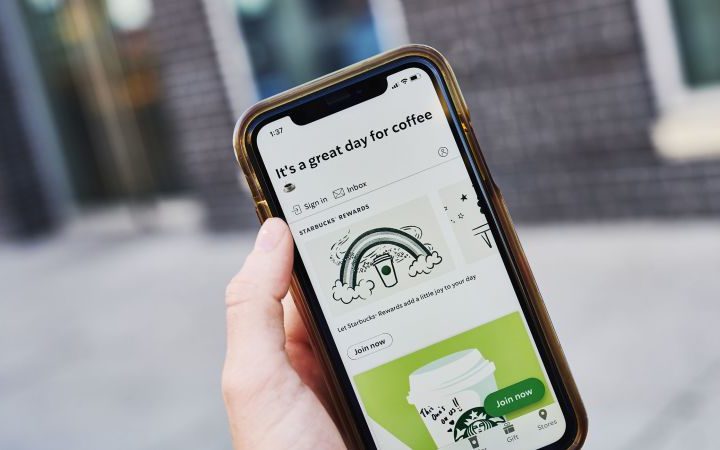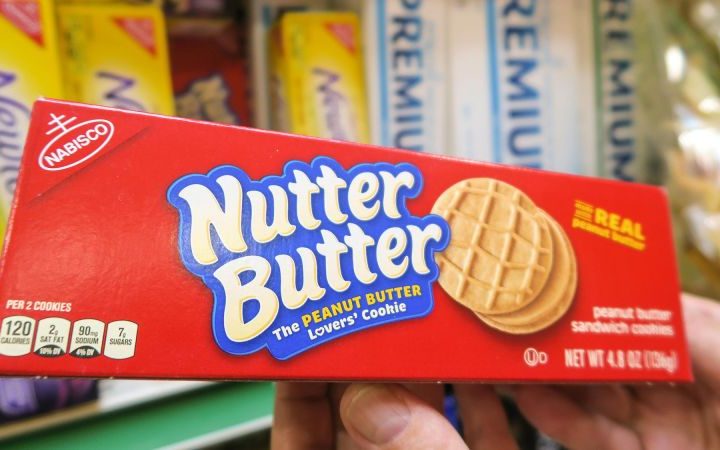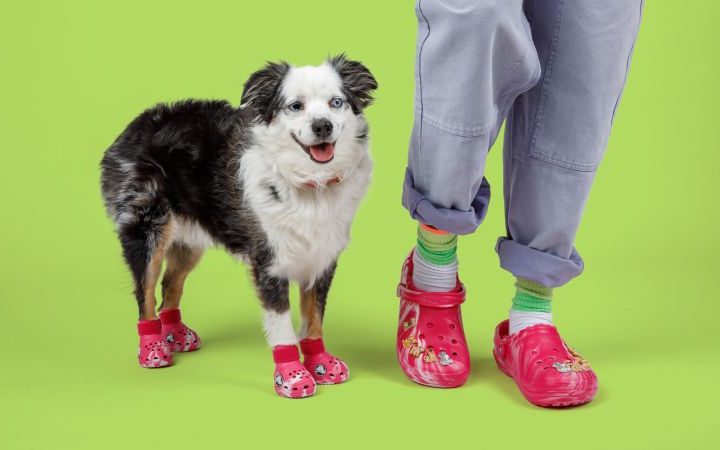Aria Liu, 17, regularly posts shopping haul videos to her YouTube channel, which has 300,000 subscribers. She films her sprees by displaying a live feed of her laptop screen as she buys up to thousand-dollar shopping carts of clothes and makeup.
“I shop so much more online,” she told CNN. “I don’t know what it is, but when I’m shopping online, money doesn’t feel real.”
Liu’s not alone. Shopping hauls have existed for years, if not decades. But experts say the potent mix of products featured ubiquitously on social media feeds and popping up as algorithm-boosted recommendations; Buy Now, Pay Later programs; and a constant loop of sales has made massive purchases of clothes, cosmetics and more at once all the more common.
It’s not just an online influencer trend: The average number of items per transaction in the Consumer Goods category is the highest it’s been over the past 12 months, averaging nearly 11 products per order, according to digital marketing platform Dynamic Yield. It’s even more robust than sales in last December’s holiday shopping season. The average value of a digital cart is also at a 12-month high and rose $50 from June to $206 per order, Dynamic Yield reported.
We may not all be shopping till we’re dropping, but consumer spending has remained shockingly robust despite an economy that shows signs of stress. The US Commerce Department reported July retail spending surged way past economists’ expectations, rising by 1% from June’s revised 0.2% decline.
One factor fueling purchase growth may be the ubiquity of Buy Now, Pay Later (BNPL) offerings like Klarna and Afterpay that are becoming increasingly mainstream. Even a lack of immediate cash has become less of an impediment to shopping.

“Those that have high levels of materialism as a trait and high levels of impulsivity in terms of purchasing are more likely to be BNPL customers,” said Philippa Ward, a marketing professor at the University of Gloucestershire. This type of short-term financing has the potential to amplify impulse shopping tendencies, she added.
But economists and consumer advocates have raised concerns about BNPL. Research by the Federal Reserve Bank of New York earlier this year showed that people with tighter finances, such as a credit score under 620, are more than three times as likely as other, more financially stable, individuals to use BNPL multiple times a year.
The influencers and the influenced
Shopping hauls can make big bucks for influencer and social platforms – and can heavily influence consumer behavior. Those platforms are beginning to make online purchases seamless, translating passive entertainment into a potentially expensive habit – which is a worry for people who can’t afford it.
Katie Fang commands a loyal audience of over five million followers on TikTok, which launched in 2016, garnering hundreds of thousands of views for her “get ready with me” videos where viewers follow along in her makeup routine.
Outside of TikTok, her fans can shop the products used in her videos on ShopMy, a platform founded in 2020 and used by content creators to shill products. Those kinds of tools have also helped make hauls ever-more visible – and, in turn, increasing the social pressure for others to participate themselves.
But social media platforms themselves have also been trying to break into the retail scene, evolving from spaces where users could find inspiration for items to add to their wishlists to ones where they could buy said items without even leaving the site.
In the past year alone, people watched over 30 billion hours of shopping-related content on YouTube, the company told CNN in an email. In 2023, it sought to capitalize on its position in the retail world with launch of YouTube Shopping, allowing content creators to tag products from brands featured in their videos and earn commission when sold.
TikTok similarly came out with its own shopping platform, TikTok Shop, in 2023 and has grown to include over 500,000 sellers in the US including brands like L’Oreal and e.l.f. cosmetics, according to a representative.
But even as an influencer, Fang says she isn’t immune to the sway of social media.
“I feel like recently the beauty industry exploded on TikTok. There are so many new items that I get influenced so easily,” she said. “When I see one thing on TikTok that’s trending, I’m like, ‘Oh my gosh, I need it.’”
The company reported that it was responsible for 15% of product discoveries in 2022, helped by hashtags like #TikTokMadeMeBuyIt.
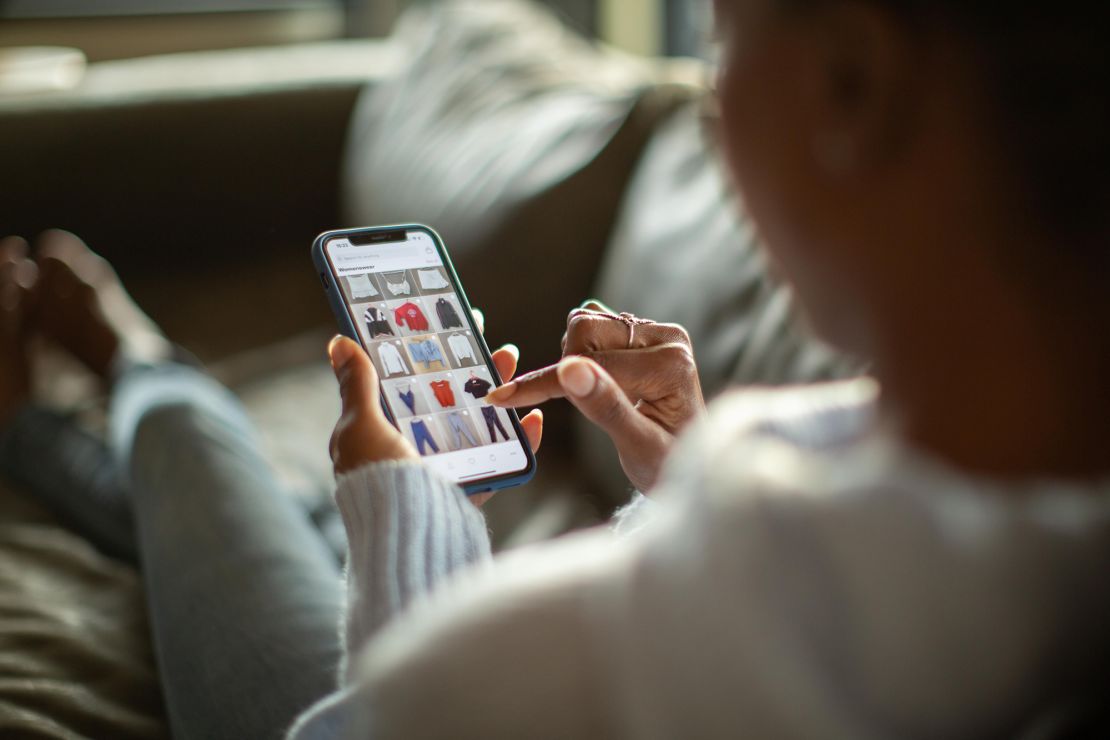
Two in 3 Americans believe that social media promotes overspending, according to a June survey by WalletHub. And beyond one’s social media feed, personalized recommendations straight from a retailer’s website are also effective tools in pushing shoppers to add more items to their digital cart.
“The most powerful tools that online retailers have compared to offline (retailers) are algorithms, data processing tools and information about you,” said Matthias Lehner, a researcher at the Centre for Retail Research at Lund University in Lund, Sweden.
And as more companies continue to invest in artificial intelligence technology, algorithms aimed at personalizing users’ shopping experiences are becoming increasingly sophisticated.
Take Amazon, which rolled out an AI-powered feature early this year to help customers shopping for clothes by taking note of their previous purchases and past sizing preferences to find the best fit for them.
“Store assistants in physical stores are able to personalize your experience, but it might not be long before the AI-powered digital assistant is more capable of selling and recommending stuff to you,” Lehner said.
But the shopping haul trend is contending with another online fad: “Underconsumption core,” a countermovement made up of “de-influencers” making the case against purchasing products. That is quickly gaining traction on social media as an antithesis to a seemingly nonstop buying culture.
But de-influencing is meant to be more than just a hashtag or a passing trend, according to Katrina Caspelich, chief marketing officer at Remake, a nonprofit focused on human rights and climate justice in the clothing industry.
There’s also a growing body of research that is questioning whether social media can be dangerous, especially for younger users. While there’s still much to be learned, the research underscore how much has changed in the space of a generation for our use of the internet and our interactions online.
And with the fashion industry estimated to be responsible for between 2 to 4% of global greenhouse gas emissions according to Remake’s 2024 Fashion Accountability Report, more and more people are sounding the alarm on the dangers of overconsumption.
“It encourages us as people to use our resources thoughtfully, to extract every ounce of value from the products we already own before succumbing to the temptation of getting the next big thing,” Caspelich said.
Read the full article here
